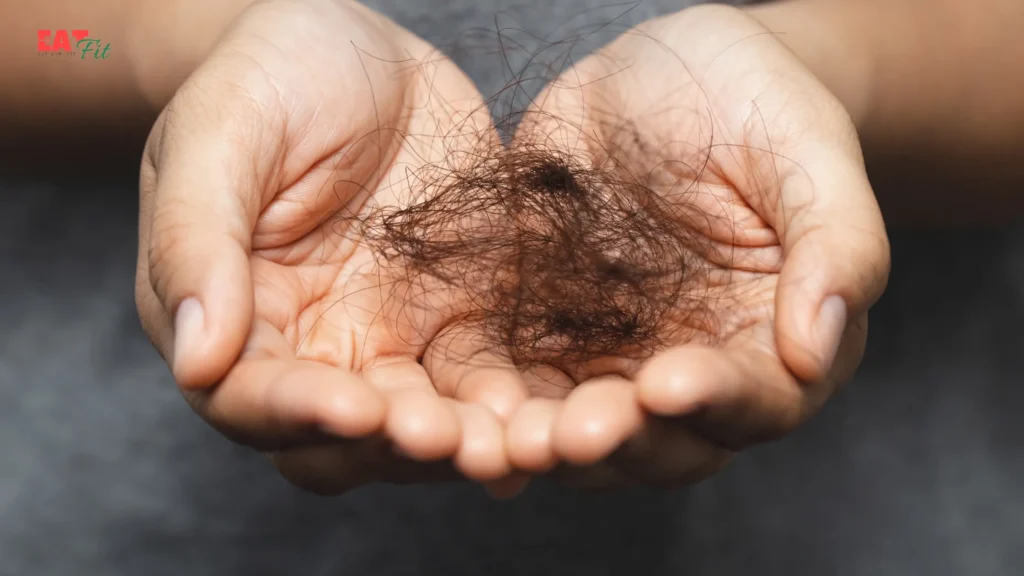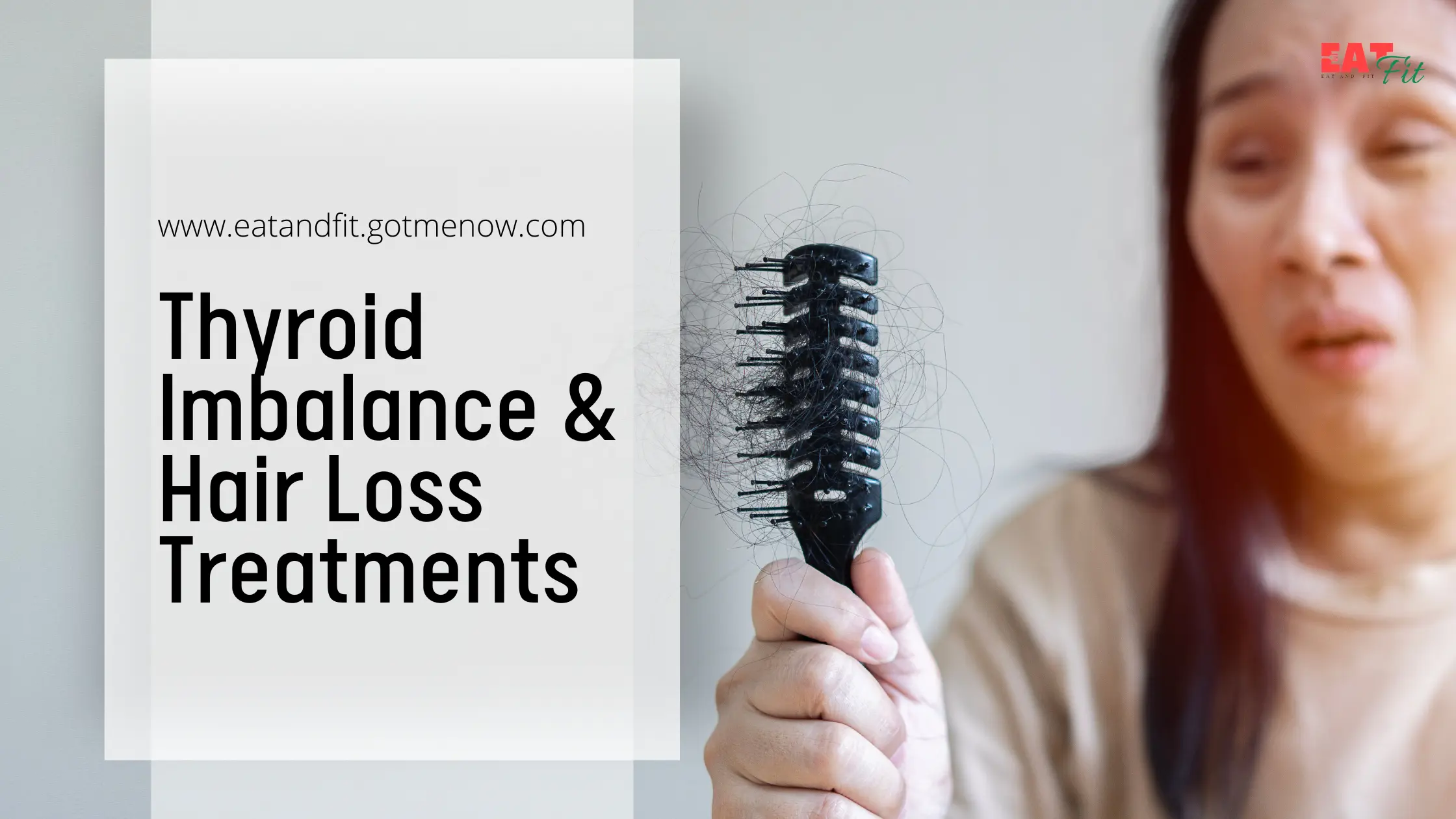Understanding Hair Loss: Is It Normal to Lose Hair Every Day?

Table of Contents
- Introduction
- Understanding the Hair Growth Cycle
- Normal Hair Shedding
- When to Seek Help for Hair Loss
- Conclusion
Introduction
Hair loss is a common concern for many individuals, causing worry and anxiety about whether their hair shedding is within the normal range or a sign of a more serious issue. But is it normal to lose hair every day? In this blog post, we’ll delve into the intricacies of hair shedding, explore the factors that influence it, and provide insights into when hair loss might signal a problem.
Understanding the Hair Growth Cycle
Before we address whether daily hair loss is normal, it’s essential to understand the hair growth cycle. The hair growth cycle consists of three main phases:

Anagen Phase: This is the active growth phase, during which hair follicles produce new hair strands. The duration of the anagen phase varies from person to person and can last anywhere from two to seven years.
Catagen Phase: In this transitional phase, hair follicles shrink and detach from the blood supply. This phase lasts for about two to three weeks.
Combating Receding Hairline: Effective Treatments for Receding Hair Loss
Telogen Phase: Also known as the resting phase, hair follicles remain dormant, and old hair strands are shed. This phase typically lasts for around two to four months.
After the telogen phase, the hair follicle re-enters the anagen phase, and the cycle repeats itself. It’s important to note that not all hair follicles are in the same phase at the same time, which is why hair shedding is a continuous process.
Normal Hair Shedding
On average, it’s normal to lose about 50 to 100 hairs per day. This may seem like a significant amount, but considering that the scalp contains around 100,000 hair follicles, it’s within the normal range. Factors such as age, genetics, hormonal changes, and seasonal variations can influence the rate of hair shedding.
For example, it’s common to experience increased hair shedding in the fall due to telogen effluvium, a condition triggered by factors such as stress, illness, or childbirth. Additionally, hormonal fluctuations during pregnancy or menopause can also affect hair growth cycles, leading to temporary hair loss.
When to Seek Help for Hair Loss
While some degree of hair shedding is normal, excessive or sudden hair loss may indicate an underlying issue that requires medical attention. Here are some signs that your hair loss may not be within the normal range:

Noticeable Thinning: If you notice a significant decrease in hair density or widening of your part line, it could be a sign of excessive hair loss.
Patchy Hair Loss: Patchy or localized hair loss, known as alopecia areata, may indicate an autoimmune condition that requires treatment.
Harnessing the Power of Stem Cells: A Promising Hair Loss Treatment
Sudden Hair Shedding: If you experience a sudden increase in hair shedding or clumps of hair falling out, it’s important to consult a healthcare professional to rule out any underlying medical conditions.
Scalp Irritation or Redness: Persistent scalp irritation, redness, or scaling may be a sign of an underlying scalp condition that requires treatment.
Family History: If you have a family history of hair loss, particularly pattern baldness, you may be more prone to experiencing excessive hair shedding.
Conclusion
In conclusion, it’s normal to lose hair every day as part of the natural hair growth cycle. However, if you notice excessive or sudden hair shedding, it’s essential to consult a healthcare professional to determine the underlying cause and explore treatment options. By understanding the factors that influence hair loss and knowing when to seek help, you can take proactive steps to maintain healthy hair and scalp. Remember, hair loss is a common concern that many people experience, and seeking support and guidance can help you navigate this journey with confidence.








